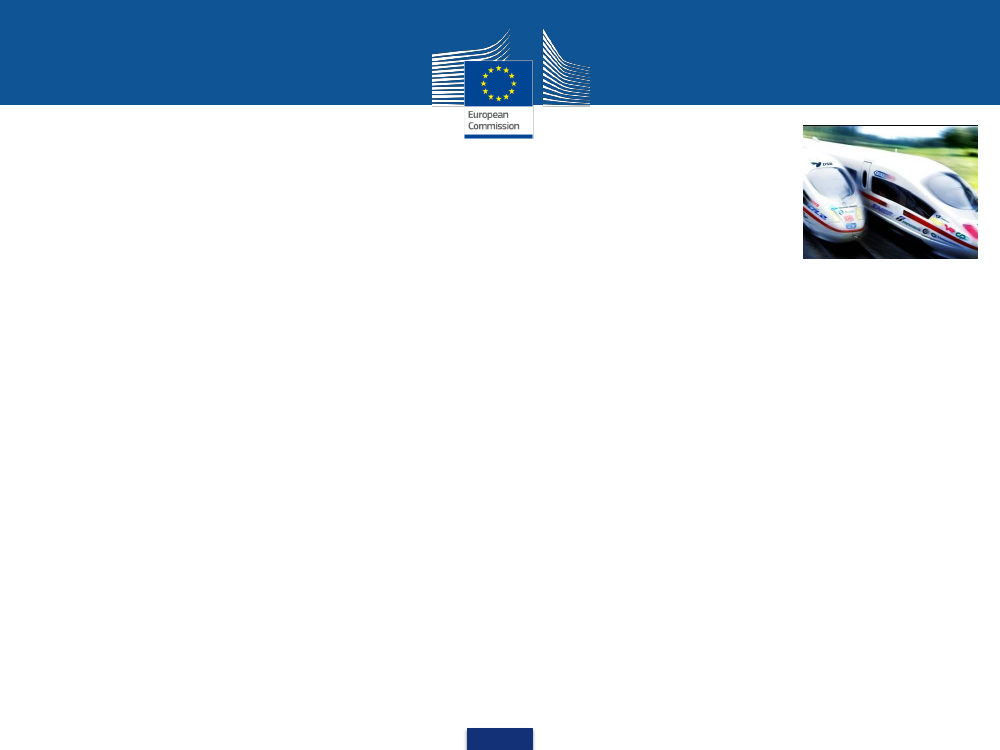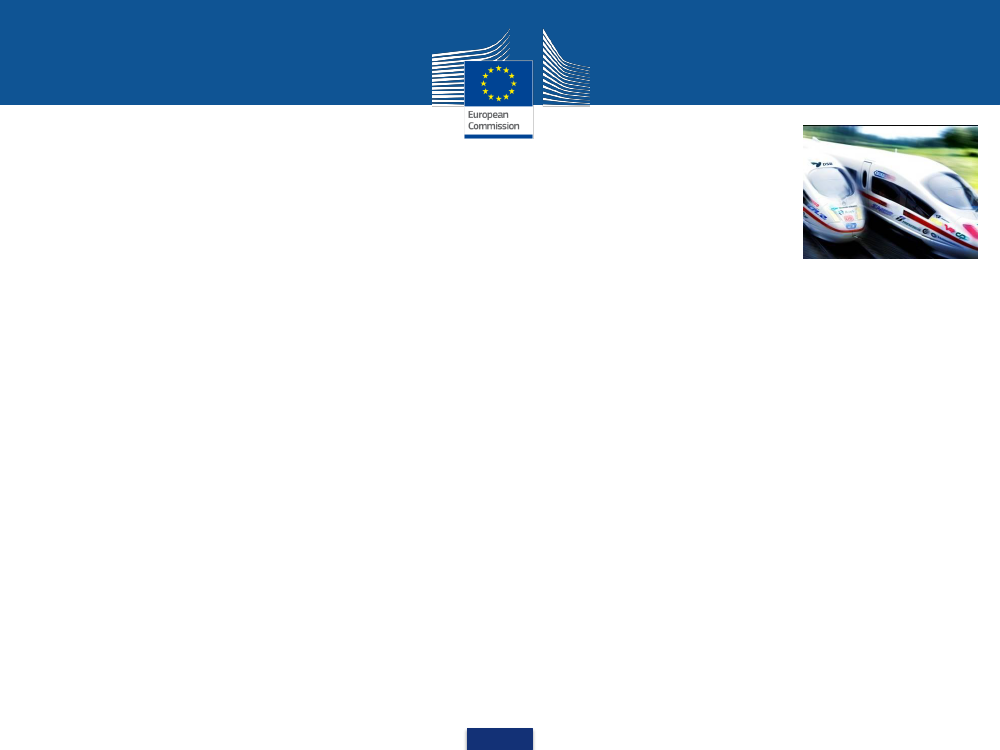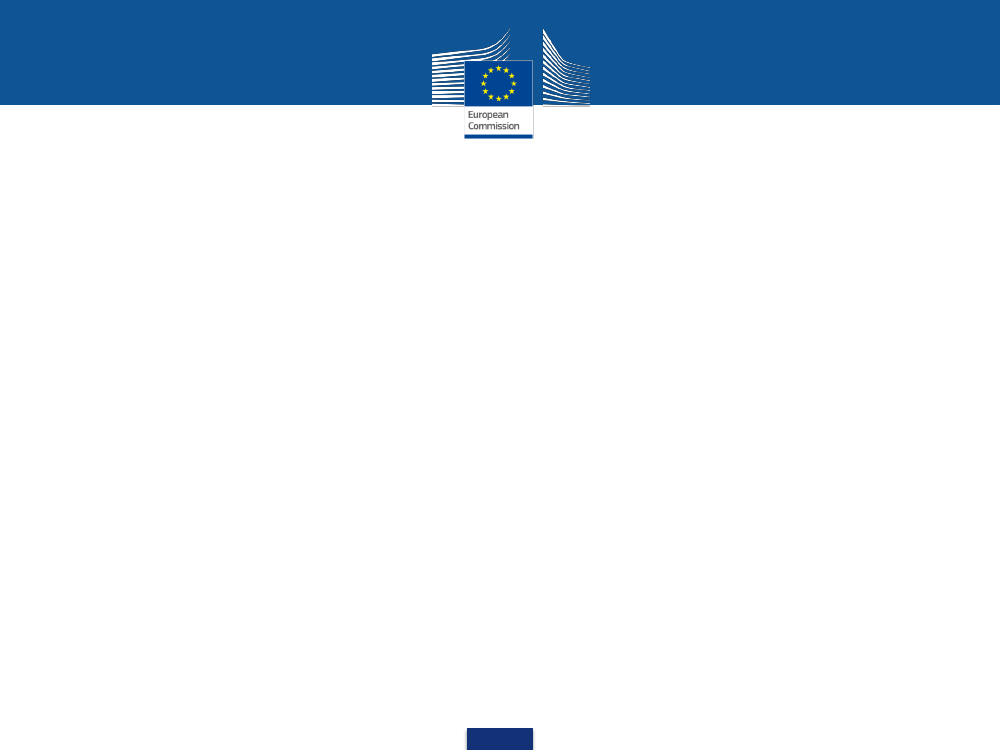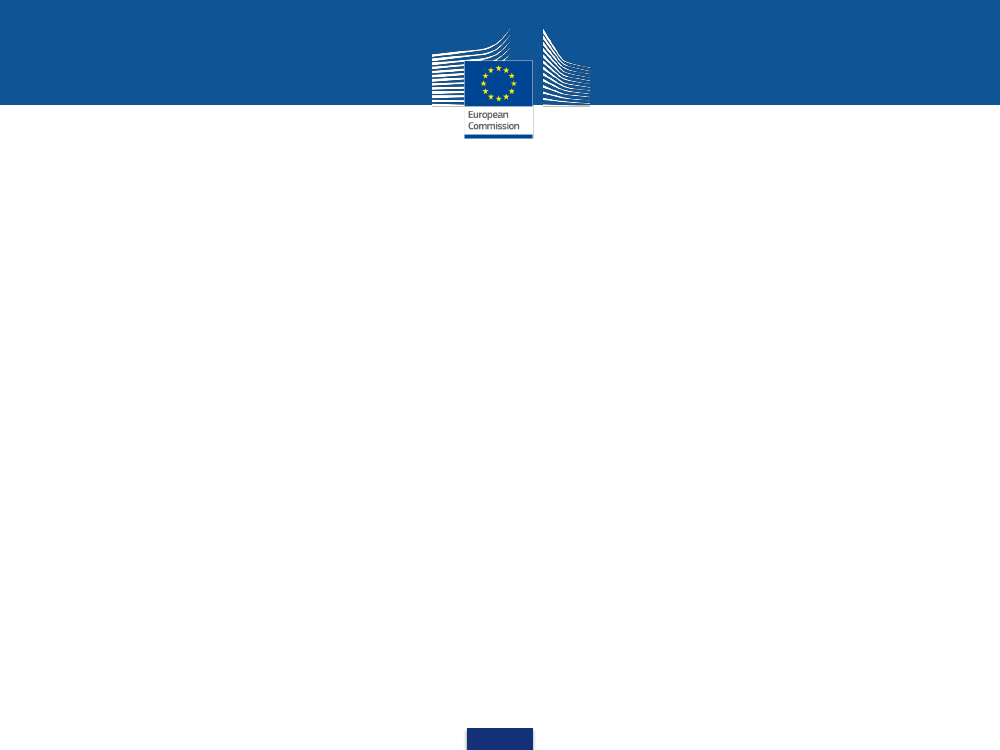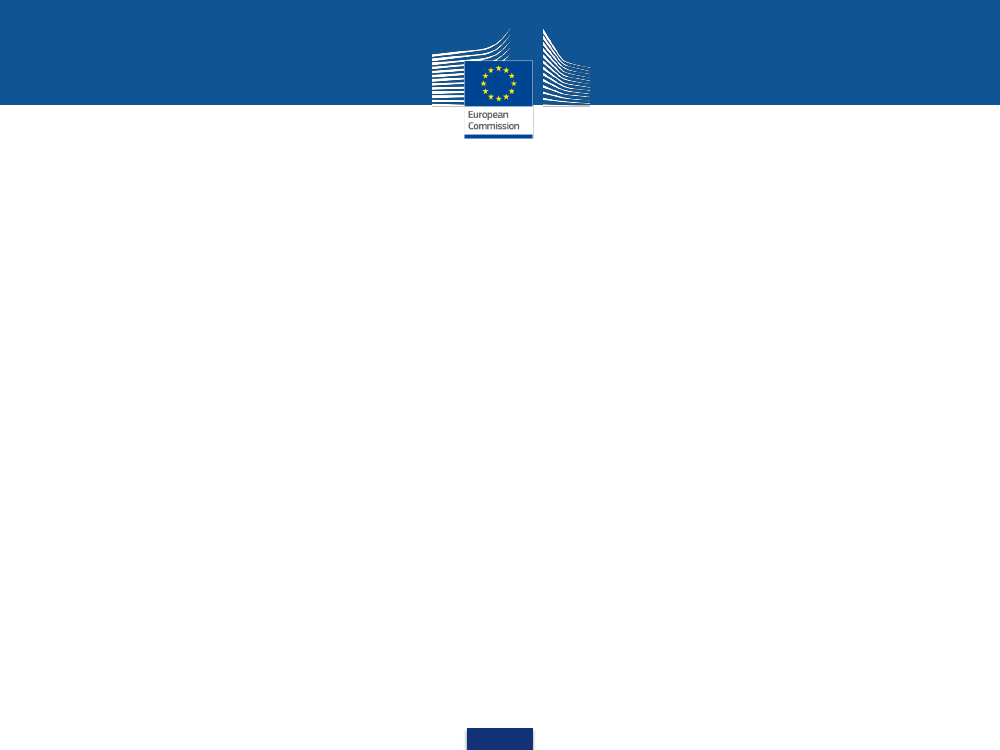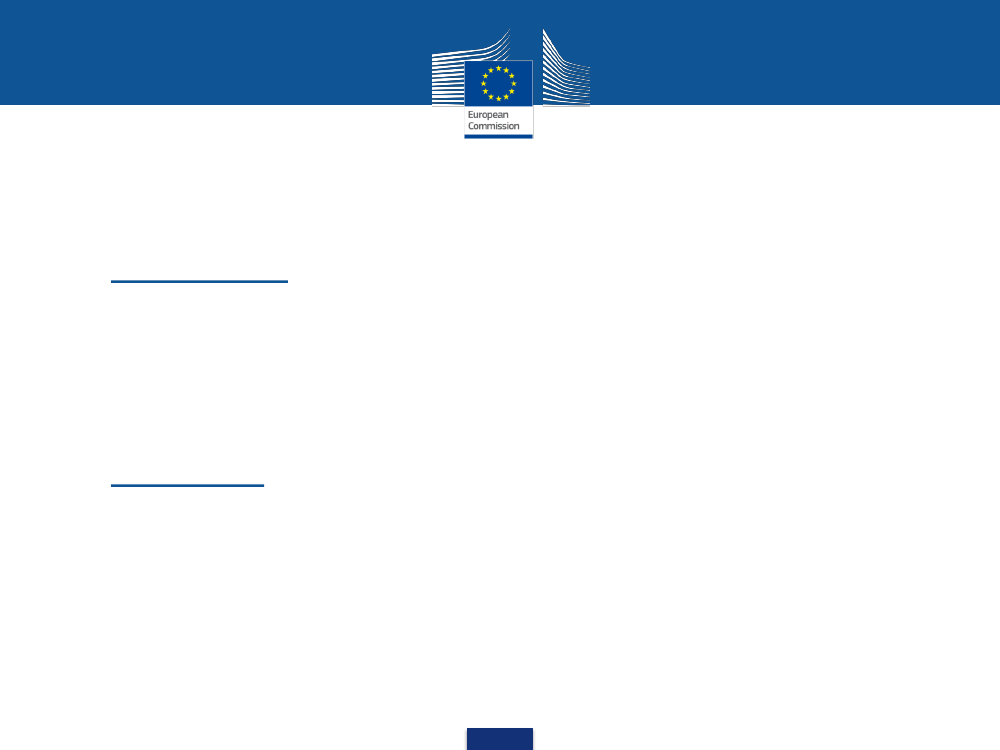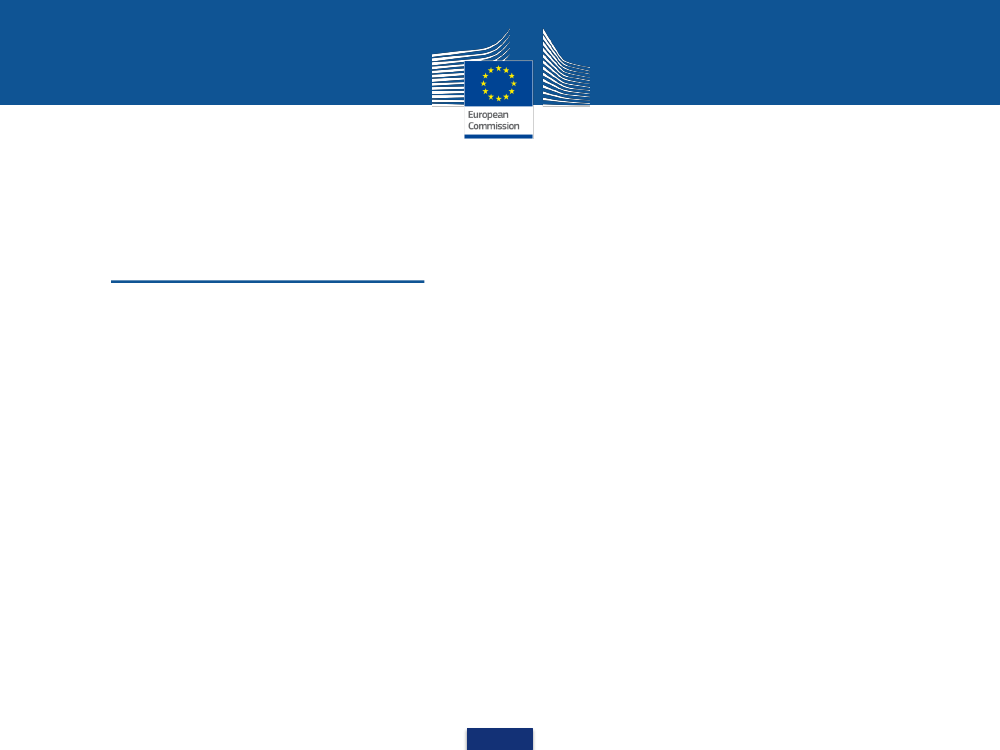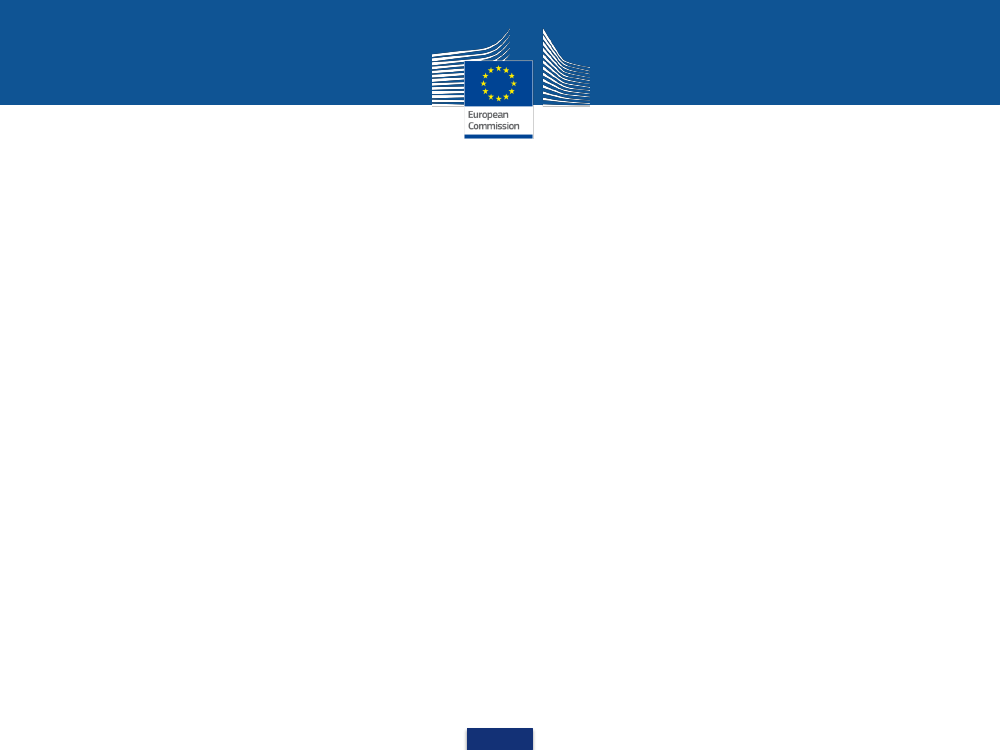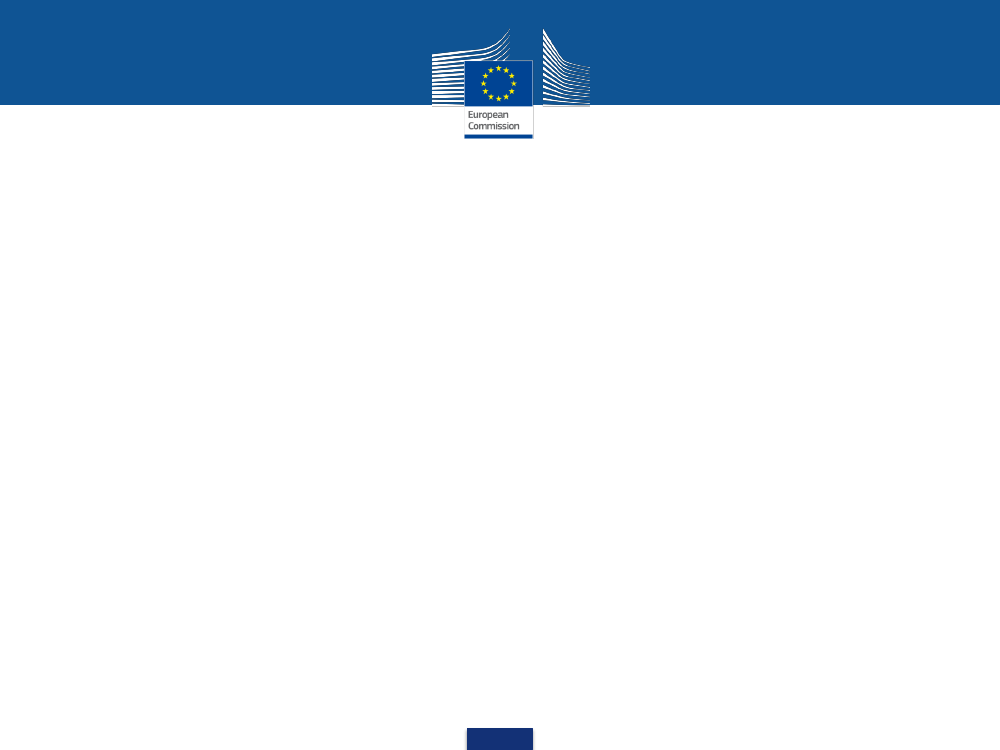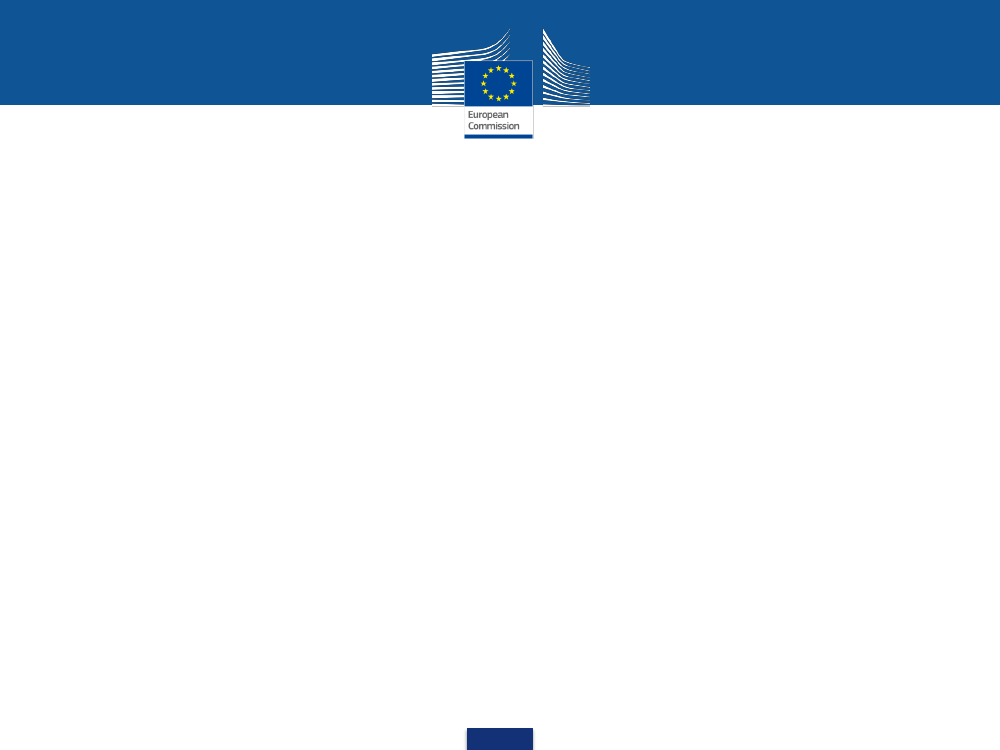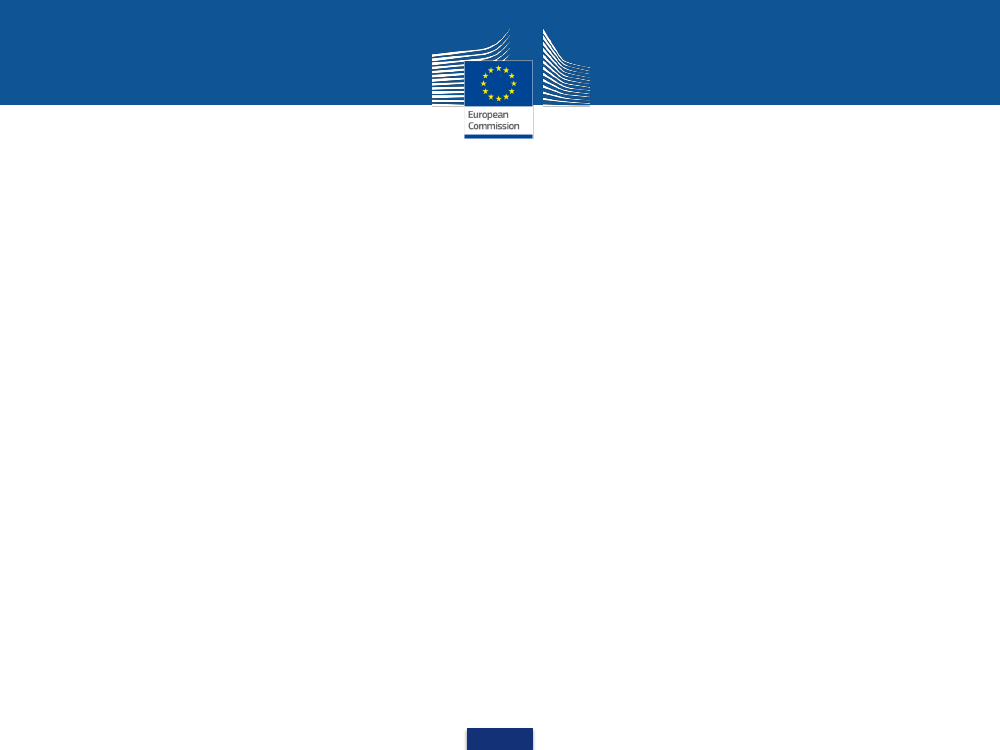Transportudvalget 2012-13
TRU Alm.del Bilag 256
Offentligt
The Fourth Railway PackageCompleting the Single European Railway Areato foster European Competitiveness and GrowthCopenhagen, Denmark11 April 2013
Transport
4 ambitions for European railwaysThe 4thrailway package is underpinned by 4 mainambitions in terms of:1.Transport policy••Objective of a competitive and resource-efficient transport system60% reduction target of CO2 emissions by 2050 – rail is one of the mostenvironment-friendly modes of transportAccent on rail development in infrastructure policy and financingCompletion of the internal market for rail services: freight (2007), internationalpassengers (2010)European agenda for growth and jobs in EuropeSingle Market Act II identified transport as a potential growth driverNetwork industry and impact on the whole economy (turnover: +/- 1% EU GDP)Encourage rail freight and mobility – within the Single Market and in a globaleconomyRail transport is highly public resource intensive - +/- €46bn/yearTransport
••
2.Competitiveness•••••
4 ambitions for European railways3.Social dimension••••Rail needs to continue play a role in local/regional transport – important topreserve the possibility to organise public service transport in railRail transport and associated manufacturing, ancillary service employs +/-1.000.000 persons in EuropeVision of a growing market with positive impact on job creation (UK, Sweden)Need for recruiting well-trained staff as 30% employees will retire in the nextdecadeMarket opening will work only if socially fair – progressive opening and possibilityto transfer staff under the same working conditions (e.g. Netherlands)An industrial sector: beyond services, equipment manufacturers, IT systemsImportant EU companies: Siemens, Thales, Alstom, Bombardier, Knorr-Bremse, …EU industry's competitive edge is however eroding fast – emergence of verycompetitive global competitors mainly from AsiaNeed for large, strong EU rail market based on common EU standards
•
4.Industrial dimension••••
Transport
The Fourth Package30 January 2013•2 strategic orientations:••Improve quality and efficiency in rail transport services to match freightusers' and passengers' expectationsImprove the efficiency of public investments and the attractiveness forprivate investment in rail transport and
•3 main axis:1.
Open domestic passenger markets2.
Create an optimal structure of infrastructure management3.
Simplify and accelerate certification of trains and rail companies
Transport
How was the package prepared ?•Consultation of a high number (nearly 500) of stakeholders•Eurobarometer survey: 25.000 citizens in 25 Member States•Stakeholders workshops and conferences
•External support study•Stakeholders studies and position papers
•3 Impact assessments
Transport
Domestic Rail Passenger Market Issues•Inadequate service quality (punctuality, comfort,cleanliness, etc.)•Limited passenger choice•Inefficient use of public funds (for infrastructure and PSO)Due to•Low degree of intra-rail competition and lack ofcompetitive pressure for incumbents•Non-discriminatory access for railway operators limited toa few national or regional markets (no internal market)
Transport
Domestic Rail Passenger Market ProposalsOpen Access•Open access for all EU operators on all domestic passengermarkets•Subject to economic equilibrium test to protect publicservices where necessaryPSC Award•Member States continue to decide on their preferred publictransport system•Compulsory competitive tendering for public servicecontracts of a certain size from 2019 onwards•10 years transition period from now for existing directlyawarded contractsTransport
Domestic Rail Passenger Market ProposalsFramework conditions•If leasing markets do not work, competent authorities toensure fair access to rolling stock so that new entrantoperators are able to take part in tenders•Integrated ticketing schemes between operatorsencouraged•Overall, in medium to long run positive employmenteffects expected (rail and related services)•Possible short term social problems can be effectivelytackled by competent authorities (transfer of staff,imposition of social standards)Transport
A better governance for infrastructureEfficiency challenge:•Infrastructure manager as natural monopolies may lackresponsiveness to customers' needs•Insufficient incentives for infrastructure managers (IM) to reducecosts and improve services•Lack of cross-border co-operationEqual access challenge:•Conflict of interest of integrated IMs, having to grant non-discriminatory access to new entrants and, at the same time,take account of interests of a rail holding•Discrimination opportunities•Lack of financial transparency/cross - subsidisationTransport
A structure that deliversEfficency measures:•Unified infrastructure managers with all necessary functions in thesame hands (development, operation and maintenance)•Coordination body for infrastructure managers and users•EU network of infrastructure managers - international coordinationEqual access measures:•Full separation as the general rule: best and most efficient way toguarantee equal access and efficiency•Possibility to maintain existing integrated structure under strongindependence requirements•Verification mechanism to ensure a level playing field
Transport
Strengthening ERA and simplifyingprocedures•High market entry costs for operators wanting access toEU railway markets due to technical and administrativebarriersSolution:•An enhanced role of ERA in the safety certification of RUsand for issuing individual vehicle authorisation to avoidoverlapping and non-transparent national rules•Ultimate responsibility for ERA will lead to a faster,cheaper and better coordinated certification procedure
Transport
Why amend the Safety and InteroperabiltyDirectives ?•Migration towards a single safety certificate (principlealready established by the current Safety Directive)•Need to improve the vehicle authorisation process (placingon the market and placing in service are clearlydifferentiated)•Lessons learnt from 15 years of TSI development (betterdefinition of the content of the TSIs)•Clarification of the text of the Directives to avoidmisinterpretations and translation ambiguities•Updates due to the evolution of the legislative framework
12Transport
Expected results•••••••Initiatives are mutually beneficial and enforcingWill enhance modal shiftRemoving discrimination and conflicts of interestImprove value through competitionMake industry more responsive to customer needsIncrease demand for skilled workersCreate conditions for growth in the railway sector
Transport


